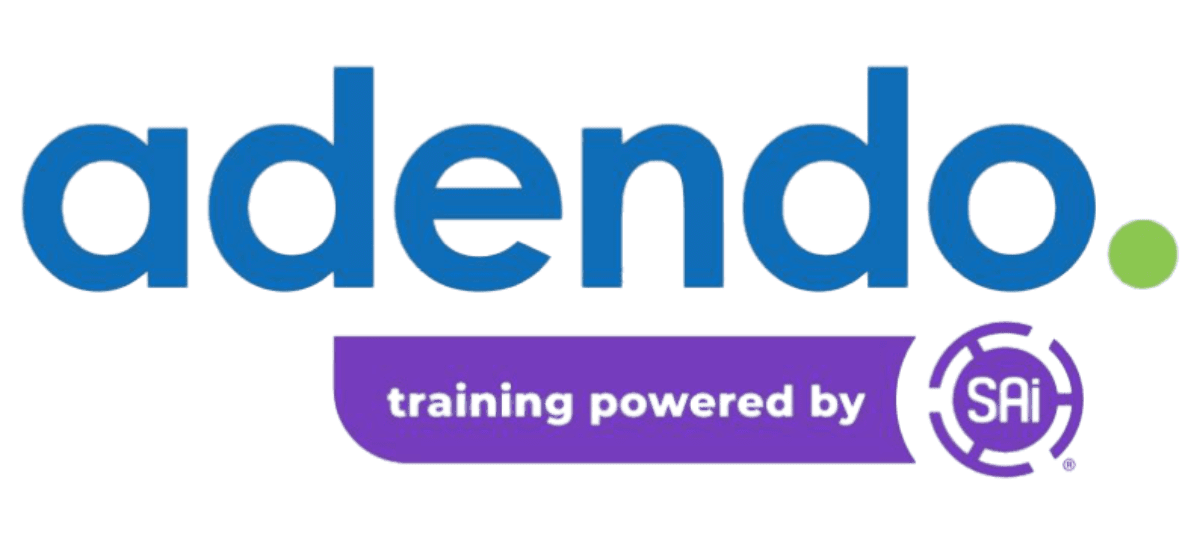What Rooms and Spaces Require ADA Signage?
As someone who handles a business, if you have little or no idea about ADA signage, you can find answers here to some of your concerns and queries.
Is it mandatory for every business to install ADA-compliant signage? Which rooms or specific areas inside commercial premises require these signs? Are there any particular design fundamentals? What about height and location?
No worries, we will uncomplicate these aspects for you.
Signage Makes Navigation Easy
The ADA (Americans with Disabilities Act) 1990 ensures individuals who are differently abled mentally or physically do not face any discrimination. Signages inside your business premises must comply with the federal government’s ADA signage regulations.
These signs help in easy navigation and use of public facilities. They are also often referred to as accessible signage, accessibility signs, tactile signs, or braille signs.
Organizations That Require ADA Signage
Firms that cater to the public and businesses with more than 15 employees are required to install ADA signs. These signages indicate you have accessible facilities and welcome differently abled consumers.
If you comply with ADA regulations, your business will automatically adhere to most local (state) laws related to accessibility.
Compliance is crucial for almost all types of businesses. Ensure your organization installs ADA-compliant signs next to stairways, fire exits, elevators, and areas of the building pertaining to safety.
ADA Signs Are Required at the Following Types of Premises:
- Lobbies and hallways of condo buildings and residential buildings
- Manufacturing units
- Factories
- Office buildings
- Service establishments
- Educational institutions
- Public and private museums
- Hotels and motels
- Public and privately run accommodation facilities
- Restaurants and bars
- Recreation facilities
- Theaters
- Storeys and shops
- Retail or sales establishments
- State, county, or government-run facilities
Doors to Which Rooms and Areas Require ADA signs?
The law may require you to install ADA signs highlighting specific areas or rooms. But regulations should not be the only reason to compel.
It is advisable to ensure you have ADA-compliant interior signs highlighting the following:
- Kitchen area
- Storage areas
- Conference rooms
- Utility rooms
- Mechanical rooms
- IT rooms
- Electrical rooms
- Exam rooms
- Floor and room numbers
- Restrooms
- Toilets
Door Signage Installation Requirements
Height
The distance between the baseline of the highest tactile text and the finished floor should not exceed 60 inches. The lower limit can be 48 inches (minimum). However, most contractors prefer to install it somewhere between 48 inches and 60 inches.
Location
In the case of a single door, you can place the wall-mounted signage on the latch side of the door. In the case of a double door, you can set the sign on the inactive leaf. If both doors are active, experts suggest you should install the signage on the wall that’s on the right side of the right door.
It is crucial to note that regulations differ when it comes to outward swinging doors.
Which Areas Can Do Without ADA-Compliant Signs?
Private places and traditional businesses can avoid non-compliance by following simple logical suggestions.
- If your organization has designated space temporarily for some activity in the building for seven days or less, there is no need to install signage.
- Any spaces or areas restricted from public use do not require ADA signage.
- Signs are not mandatory for parking lots, except for accessible parking spaces.
Conclusion:
Besides installation height and location, there are regulations concerning pictograms, visual characters, fonts, and even raised characters in signage.
No worries. You can rely on our expert advisors for ADA and Braille signs. Feel free to contact us. We at Adendo can also provide online or onsite, individualized, and group training on sign and print industry to professionals and entrepreneurs.


